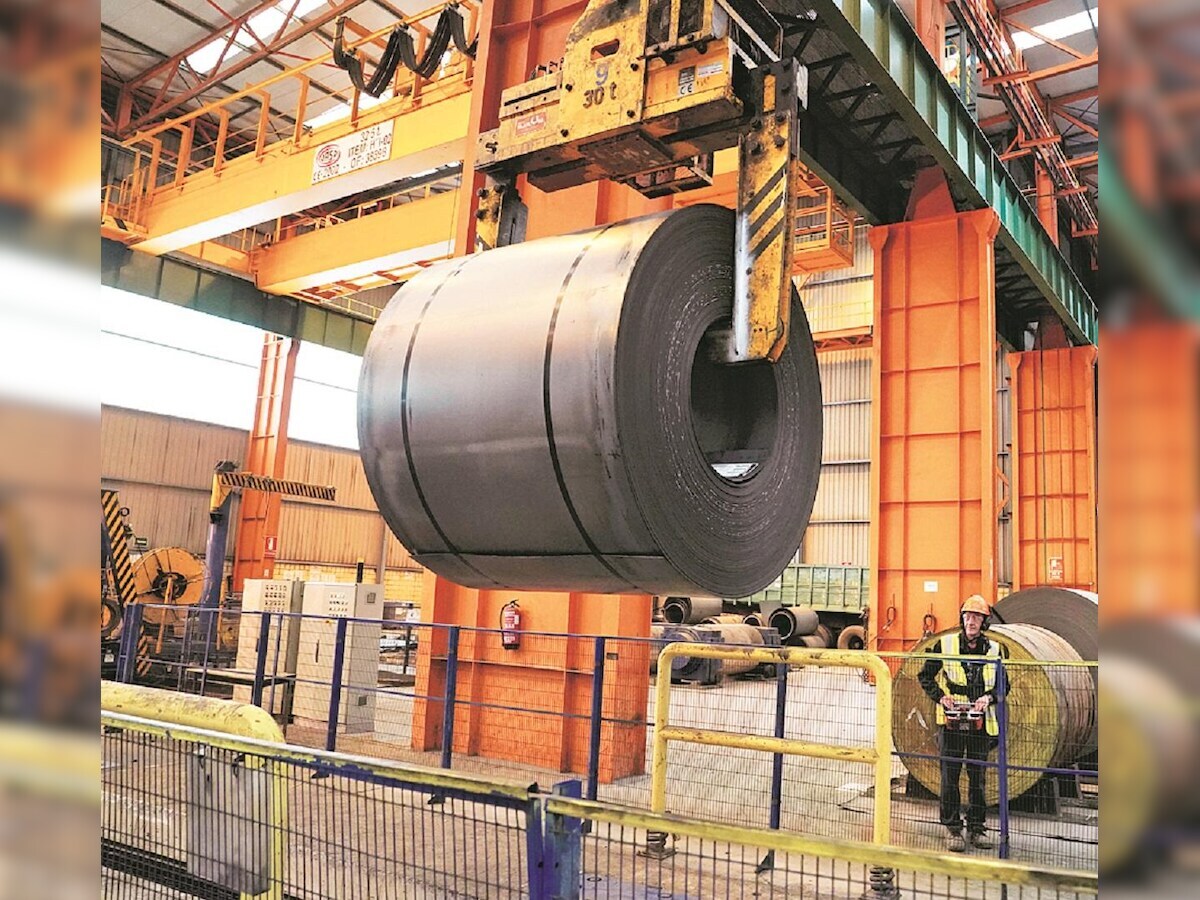Now Reading: India Accelerates Rare Earth Magnet Production to Counter China’s Supply Control
-
01
India Accelerates Rare Earth Magnet Production to Counter China’s Supply Control
India Accelerates Rare Earth Magnet Production to Counter China’s Supply Control

In a significant strategic move, India is stepping up efforts to manufacture rare earth magnets — crucial components used in electronics, electric vehicles, and renewable energy technologies. The government, academic institutions, and private industries are joining forces to reduce dependency on Chinese imports, especially after Beijing tightened its export controls. This push is expected to not only strengthen India’s tech supply chain but also open new opportunities in Tier 2 manufacturing hubs.
Why Rare Earth Magnets Matter
Rare earth magnets, particularly neodymium-based types, are essential in various modern technologies. From mobile phones and wind turbines to EV motors and defence systems, these magnets power the devices and infrastructure of the future.
Currently, China dominates global production, supplying over 80% of the world’s rare earth magnets. India, despite having reserves of rare earth elements, has historically lacked the large-scale capacity to process and convert them into finished products.
Government–Industry Collaboration
The Indian government is now promoting a collaborative model involving public sector units, private manufacturers, and academic research institutions like IITs to ramp up domestic capabilities.
Policies are being framed to support startups and industrial units that can build end-to-end processing systems — from raw material extraction to finished magnets. Funding, tax incentives, and faster approvals are also part of the support structure being developed.
This integrated approach is expected to reduce import dependency and enhance national security in critical tech areas.
Opportunities for Tier 2 Cities
With demand rising, cities like Nagpur, Vadodara, Ranchi, and Bhubaneswar — known for their engineering and mineral ecosystems — could emerge as key players in this sector. Local industries, training institutes, and young engineers stand to benefit as more projects and research centres are expected to be set up in these regions.
This development could boost employment, attract investments, and transform these cities into important industrial clusters for advanced materials.
Global and Strategic Implications
India’s rare earth magnet initiative also has global significance. As countries around the world look to diversify away from Chinese-controlled supply chains, India’s emerging capabilities could make it a valuable alternative supplier.
In the defence, space, and electronics sectors, having a stable, indigenous magnet supply is becoming increasingly critical. For India, it’s not just about economics — it’s about self-reliance and long-term resilience.
Conclusion
India’s push to become a key producer of rare earth magnets marks a bold step toward technological independence and industrial innovation. With coordinated support from the government, academia, and industry, and new opportunities opening in Tier 2 cities, this mission has the potential to power not just machines — but economic growth, jobs, and strategic stability for years to come.






















